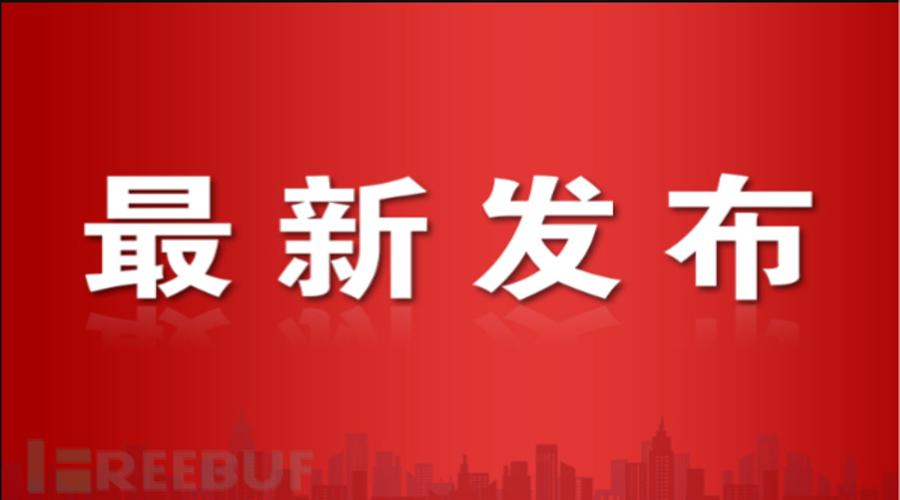Government Agencies Issue Guidelines for Blockchain and Distributed Ledger Technology Standardization
On January 12, 2024, the Ministry of Industry and Information Technology, the Office of the Central Cyberspace Affairs Commission, and the National Standardization Administration jointly issued the “Guidelines for the Construction of Blockchain and Distributed Ledger Technology Standard System.” This release follows the draft version of the guidelines that were published by the Ministry of Industry and Information Technology in March 2023.
Blockchain and distributed ledger technology (referred to as “blockchain”) are vital components of the next generation of information technology, integrating distributed networks, encryption technology, and smart contracts into a new type of database software. With features such as data transparency, tamper resistance, and traceability, blockchain technology is expected to address trust and security issues in the cyberspace, driving the transformation of the internet from information transfer to value transfer. It will become an important digital infrastructure that propels the rapid development of future industries like the metaverse and Web3.0.
In recent years, with the rapid development of blockchain technology and industries, its applications have become broader and more diverse, encompassing various sectors such as production, logistics, government affairs, entertainment, education, as well as fields like product traceability, data circulation, and supply chain management. To effectively promote the development of blockchain applications, there is an urgent need to strengthen standards in areas such as industrial services for testing and evaluation, talent cultivation, general services for supply chain management, certification, and traceability, as well as industry-specific applications like smart manufacturing, electronic government, and distributed energy.
In addition, standardization is also required to address the needs of blockchain governance, development, integration, and management processes. Key standard development in these areas will facilitate the high-quality development of blockchain technology and industries.
The architecture of the blockchain and distributed ledger technology standard system is composed of five parts: “A Foundation,” “B Technology and Platforms,” “C Applications and Services,” “D Development and Operation,” and “E Security Assurance.” These parts reflect the composition and relationships of different aspects of the standard system. The “E Security Assurance Standards” include EA application service security, EB system design security, and EC basic component security, all aimed at enhancing the security capabilities of blockchain applications.
The issuance of these guidelines and the construction of a standardized system for blockchain and distributed ledger technology will provide a guiding framework for the industry, resulting in increased interoperability, security, and reliability. It will foster the healthy and sustainable development of blockchain technology and its applications in various sectors, ultimately contributing to the digital transformation of the economy and society as a whole.
For more details, please refer to the official announcement: [link to the source article]

